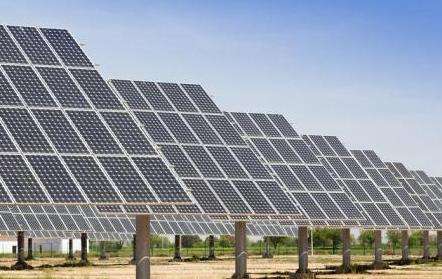The following points should be noted when studying the performance of amorphous silicon thin film solar cells:
1. Thin film preparation technology: The preparation method has a great impact on the quality and performance of solar cells. thin film and an appropriate preparation should be selected. The conditions and processes guarantee the uniformity and stability of the film.
2. Optoelectronic performance testing: The absorption spectrum of the film should be tested to understand its absorption characteristics in the spectral range of different wavelengths. At the same time, electrical performance tests, such as open circuit voltage, short circuit current, fill factor, etc., are also necessary to evaluate the performance of thin film solar cells.
3. Thermal Stability: Amorphous silicon solar cells are prone todegradation in high temperature environments, so thermal stability tests are necessary to evaluate their high temperature performance.
4. Photoelectric conversion efficiency: Photoelectric conversion efficiency is one of the important indicators for evaluating the performance of thin-film solar cells. During the testing process, it is necessary to select a suitable light source and light intensity to obtain a more accurate photoelectric conversion efficiency value.
5. Comparative Analysis: It is necessary to conduct a comparative analysis with other types of solar cells to understand the advantages, disadvantages and application scope of amorphous silicon thin film solar cells.
6. Experimental environment: In order to avoid experimental errors, it is necessary to maintain the stability and purity of the experimental environment.mental and avoid the influence of external factors on the experimental results.
7. Safety issues during the experiment: Attention should be paid to safety protection when preparing amorphous silicon films and testing light intensity to avoid accidents.
Cadmium is highly toxic and can cause serious environmental pollution.
The second generation of solar cells is thin film technology.
Amorphous silicon thin film solar cells: The photoelectric conversion efficiency of the cells gradually decreases under the action of intense light. This problem is the main obstacle to the further development of amorphous silicon thin-film solar cells.
Multi-compound thin-film solar cells: mainly include gallium arsenide II-V compounds, cadmium sulfide, cadmium tellurideand thin-film cells of copper, indium, and gallium selenide. The cost is lower than monocrystalline silicon cells, but. because cadmium contains It is highly toxic and will cause serious environmental pollution.














